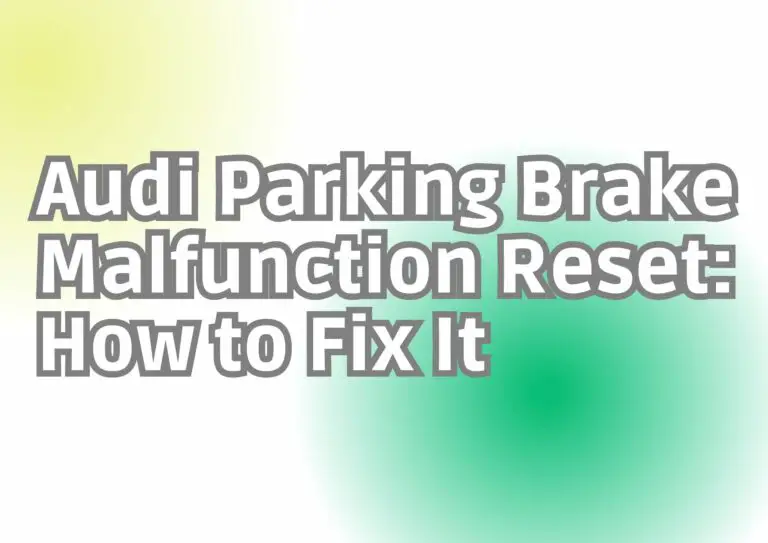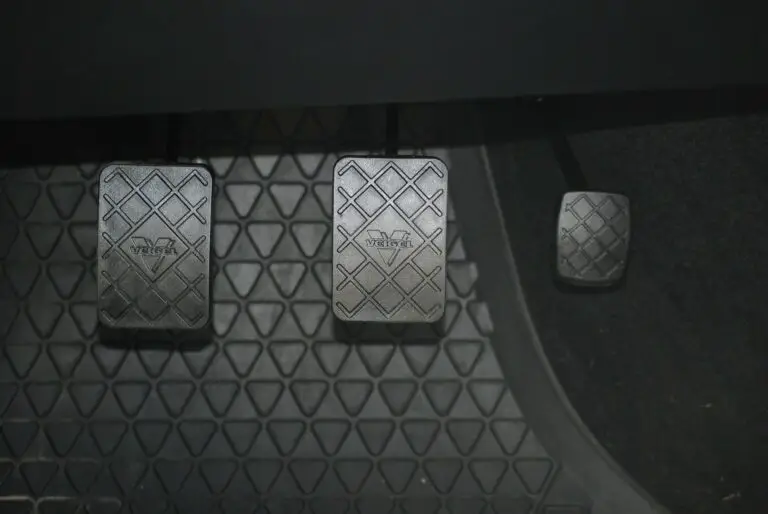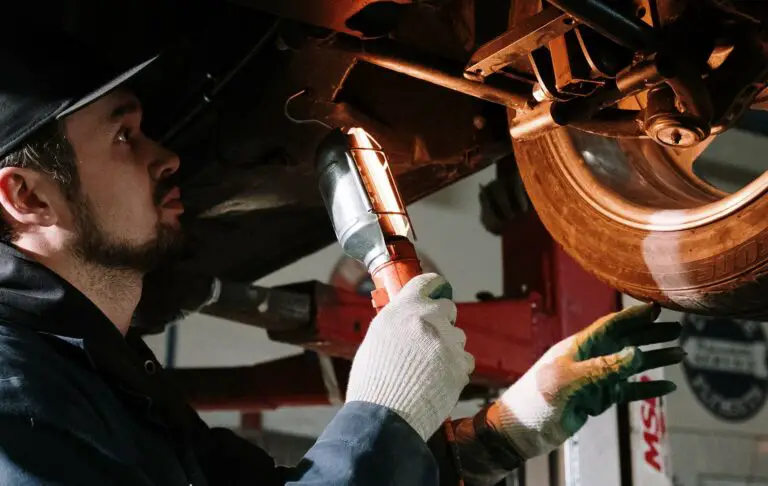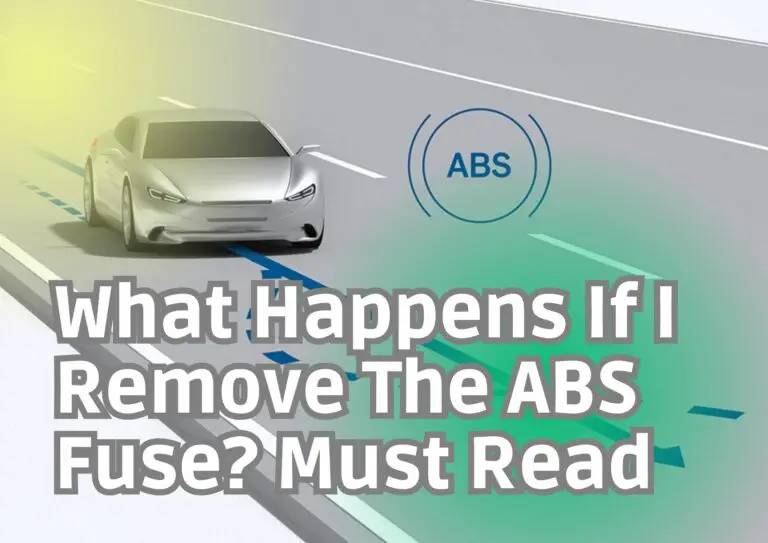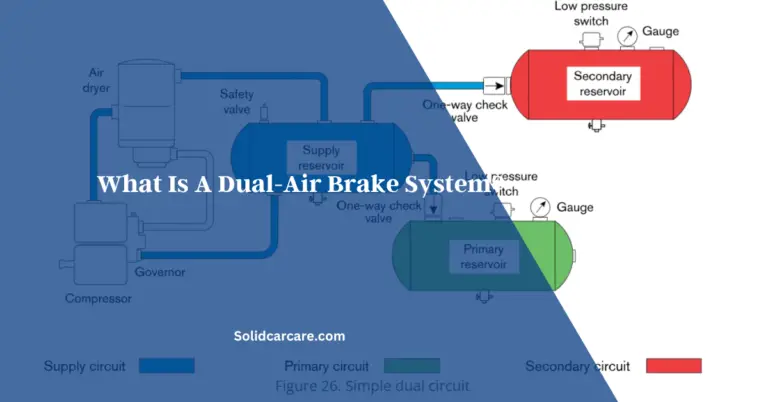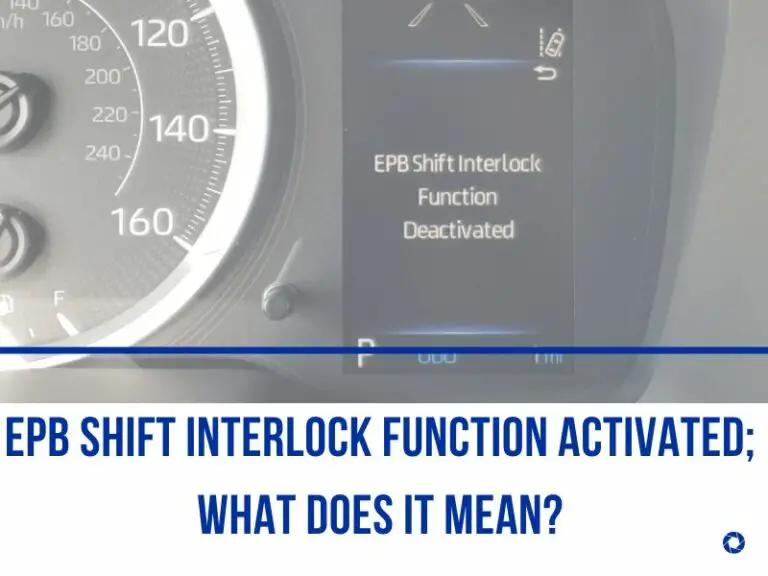Demystifying Brake Boosting: How it Works and Its Impact on Automotive Performance
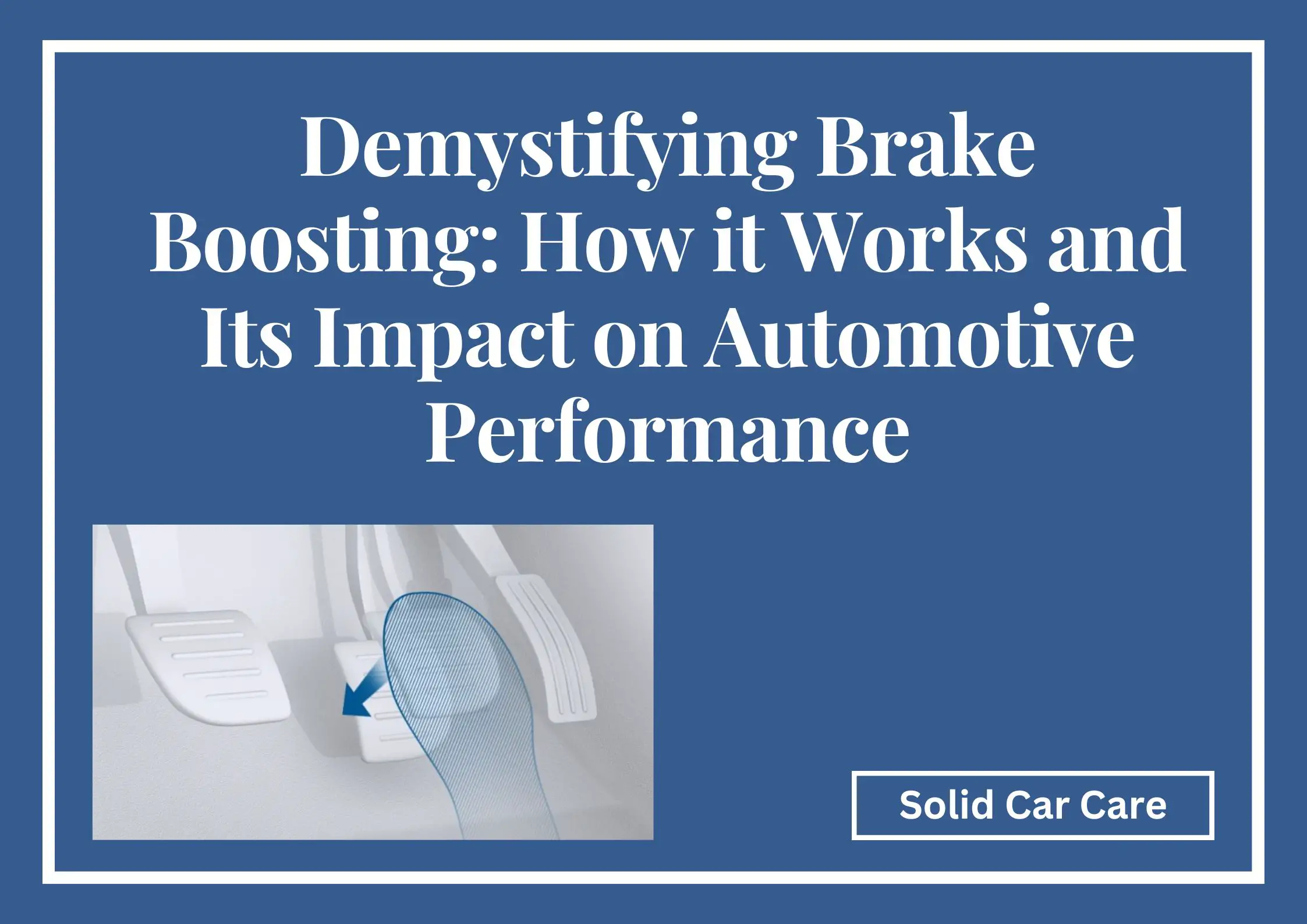
As a mechanic, I often get asked about brake boosting, a technique that many performance drivers use to achieve faster acceleration. While some consider it a useful tool for improving vehicle performance, others view it as dangerous and potentially damaging to the vehicle.
In this article, we will delve into the concept of brake boosting, exploring how it works and its impact on automotive performance.
Table of Contents
- Understanding Brake Boosting
- How Brake Boosting Works?
- Effects on Vehicle Performance
- How to brake boost a manual car?
- What are the advantages and the disadvantages of brake boost?
- Conclusion
Understanding Brake Boosting

What is brake boosting? Brake boosting is a technique drivers use to achieve faster acceleration by manipulating a vehicle’s braking system. Essentially, it involves building up brake pressure while the vehicle is stationary and releasing the brakes quickly while simultaneously pressing the accelerator pedal.
The sudden release of the brakes results in a surge of power to the wheels, allowing the vehicle to accelerate more quickly than it would under normal circumstances.
There are several types of brake boosting techniques, including brake torque build-up, brake pressure build-up, brake modulation, and brake release. Each of these techniques involves a different approach to building up brake pressure and releasing it to achieve faster acceleration.
Historical Context
Brake boosting has been around for decades and has been used in various forms of motorsports to improve vehicle performance. However, it has also been the subject of controversy, with some viewing it as a dangerous and potentially illegal technique.
Despite this, brake boosting remains popular among performance enthusiasts who seek to improve their vehicle’s acceleration.
Audi Parking Brake Malfunction Reset: How to Fix It
Solid Care Care
How Brake Boosting Works?
Brake boosting works by building up pressure in the brake system while the vehicle is stationary and then releasing it quickly to achieve faster acceleration.
When the driver presses the brake pedal, the brake booster applies pressure to the brake system, which builds up pressure in the master cylinder. This pressure is then released quickly when the driver releases the brake pedal while simultaneously pressing the accelerator pedal.
The various brake boosting techniques involve different approaches to building up and releasing brake pressure, but all rely on the same basic principles.
By releasing the brake pressure suddenly, the vehicle’s engine is provided with a surge of power, allowing it to accelerate more quickly than it would under normal circumstances.
Effects on Vehicle Performance

When done correctly, brake boosting can significantly improve a vehicle’s acceleration, particularly in vehicles equipped with turbochargers or superchargers. By providing the engine with a sudden surge of power, brake boosting can help improve the performance of these systems.
However, there are potential risks and downsides to brake boosting. Excessive or improper use of brake boosting can lead to premature wear and tear on the brake system, potentially resulting in brake failure. Additionally, the sudden release of brake pressure can cause the vehicle to lose traction, leading to loss of control and accidents.
Audi Parking Brake Malfunction Reset: How to Fix It
Solid Car Care
Controversies Surrounding Brake Boosting
Several controversies surround brake boosting, including concerns about legality, safety, and potential impact on vehicle reliability. Some jurisdictions consider brake boosting to be illegal, as it can be viewed as a form of street racing or reckless driving.
Additionally, excessive or improper use of brake boosting can lead to safety concerns and potentially damaging effects on a vehicle’s reliability.
Impact on Vehicle Reliability
Brake boosting can damage a vehicle’s brake system, particularly if done excessively or improperly.
The sudden release of brake pressure can cause stress and strain on brake system components, potentially leading to premature wear and tear. This can result in brake failure or other related issues, which can be costly to repair.
How to brake boost a manual car?
Brake boosting a manual car involves using the clutch pedal in addition to the brake and accelerator pedals.
Here’s a step-by-step guide on how to brake boost a manual car:
- Bring the vehicle to a complete stop and engage the handbrake.
- Depress the clutch pedal with your left foot and shift the transmission into first gear.
- Apply the brake pedal with your right foot and build up pressure in the brake system.
- Release the handbrake.
- Press down on the accelerator pedal with your right foot while maintaining pressure on the brake pedal with your right foot.
- Begin to release the clutch pedal slowly while still pressing the brake pedal and accelerator pedal down.
As the clutch pedal is fully released, release the brake pedal suddenly to allow the engine to surge forward and accelerate the vehicle.
It’s important to note that brake boosting can potentially cause damage to the vehicle’s drivetrain, particularly if done excessively or improperly. Drivers should exercise caution and use this technique judiciously to minimize its associated risks. Additionally, it’s important to ensure that the vehicle is well-maintained to minimize the potential for damage to the drivetrain.
What are the advantages and the disadvantages of brake boost?
Brake boosting is a technique some drivers use to achieve faster acceleration, but it has advantages and disadvantages. Let’s take a look at some of them:
Advantages
- Improved acceleration
One of the primary advantages of brake boosting is that it can improve a vehicle’s acceleration, particularly in vehicles equipped with turbochargers or superchargers.
By providing the engine with a sudden surge of power, brake boosting can help improve the performance of these systems.
- Competitive advantage
Brake boosting can be useful for drivers in motorsports or competitive driving situations where fast acceleration is crucial.
In these situations, brake boosting can provide a competitive advantage over other drivers who are not using this technique.
Disadvantages
- Potential safety risks
Excessive or improper use of brake boosting can lead to safety concerns, particularly if the driver loses control of the vehicle due to the sudden release of brake pressure. This can cause the vehicle to lose traction and potentially result in accidents.
- Risk of brake system damage
Brake boosting can cause damage to the brake system of a vehicle, particularly if it is done excessively or improperly.
The sudden release of brake pressure can cause stress and strain on brake system components, potentially leading to premature wear and tear. This can result in brake failure or other related issues, which can be costly to repair.
- Legal concerns
Some jurisdictions consider brake boosting to be illegal, as it can be viewed as a form of street racing or reckless driving. Drivers who engage in brake boosting may face fines, license suspension, or other legal consequences.
- Impact on vehicle reliability
Brake boosting can damage a vehicle’s drivetrain, particularly if it is done excessively or improperly.
This can lead to premature wear and tear on the engine and transmission, potentially reducing the vehicle’s overall reliability.
In summary, while brake boosting can provide improved acceleration and a competitive advantage in certain situations, it also carries potential safety risks, can damage the brake system, may have legal consequences, and can impact vehicle reliability. Drivers should exercise caution and use this technique judiciously to minimize its associated risks.
New Brakes Making Rubbing Noise; Why?
Solid Car Care
Conclusion
Brake boosting is a technique some drivers use to achieve faster acceleration, but it is controversial in the automotive world. It can improve a vehicle’s acceleration, particularly in vehicles equipped with turbochargers or superchargers. However, it is important to consider the potential risks and downsides of brake boosting and use it judiciously.
As a mechanic, I recommend that drivers exercise caution when using brake boosting and ensure that their vehicles are well-maintained to minimize the risks associated with this technique.

